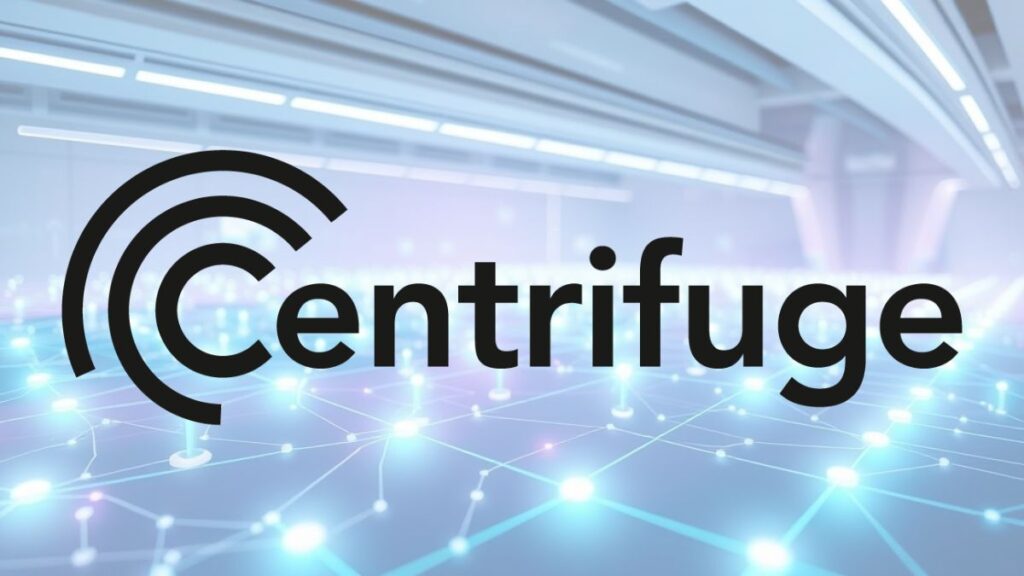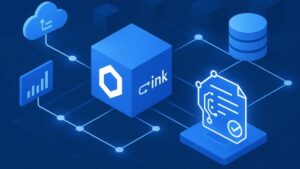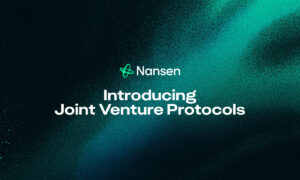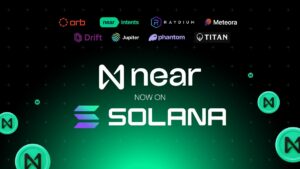The tokenization of RWAs represents a transformative frontier in decentralized finance, bridging tangible economic value with blockchain efficiency. Centrifuge emerges as a pioneering infrastructure at the forefront of this movement, enabling businesses to harness previously illiquid assets, like invoices, real estate, or royalties, as collateral within DeFi ecosystems.
What Is Centrifuge?

Bridging Real-World Value with Blockchain
Centrifuge is a groundbreaking DeFi protocol purpose-built to unlock liquidity for RWAs using blockchain technology. It functions as essential infrastructure, enabling businesses and individuals to tokenize tangible, off-chain assets, such as invoices, real estate, royalties, or carbon credits, and seamlessly integrate their value into the decentralized financial ecosystem.
By creating digital representations of these traditionally illiquid assets, Centrifuge dismantles barriers between conventional finance and the rapidly evolving world of Web3, fostering unprecedented access to capital.
Solving Traditional Finance Illiquidity
A core problem Centrifuge addresses is the persistent illiquidity plaguing countless valuable real-world assets within traditional finance systems. Many small and medium-sized enterprises (SMEs) possess significant assets like unpaid invoices but face lengthy delays or high costs accessing capital against them.
Centrifuge disrupts this paradigm by leveraging the efficiency, transparency, and global accessibility of blockchain. It allows asset owners to convert their RWAs into collateral that can be used to borrow stablecoins or other cryptocurrencies directly from DeFi liquidity pools, bypassing traditional intermediaries and credit checks.
A Hub for Diverse Asset Tokenization
Centrifuge distinguishes itself as a versatile platform supporting the tokenization of a broad spectrum of real-world assets. Its infrastructure isn’t limited to a single asset class; instead, it facilitates the creation of tokenized pools representing various underlying collateral types.
This includes trade receivables, real estate holdings, consumer finance loans, royalty streams, and even future revenue projections. This diversity attracts a wide range of originators seeking funding and investors looking for yield opportunities backed by tangible economic activity beyond purely crypto-native assets.
The Centrifuge Protocol Ecosystem
Operating as a decentralized network, Centrifuge provides the foundational rails and governance framework for RWA tokenization. It establishes the standards, security models, and economic mechanisms necessary for participants, including asset originators, liquidity providers (investors), and service providers (like auditors or legal entities), to interact trustlessly.
The protocol incentivizes participation and ensures the integrity of the tokenization process through its decentralized architecture, fostering a community-driven ecosystem focused on building efficient, transparent, and accessible financial markets for real-world value.
How Does Centrifuge Work?

Tokenizing Real-World Assets
Centrifuge enables businesses (termed “asset originators”) to convert physical assets into verifiable digital collateral. This process involves minting NFTs representing ownership and authenticity of each asset, anchored to the blockchain for immutable record-keeping. These NFTs undergo rigorous validation via decentralized identifiers and off-chain document proofs, ensuring trust without intermediaries. Once tokenized, assets gain liquidity previously inaccessible in traditional finance.
Creating Investment Pools via Tinlake
Tokenized assets are pooled into diversified portfolios through Tinlake, Centrifuge’s decentralized application. Each pool aggregates multiple NFTs, structuring them into tranches to cater to varied investor risk appetites. Senior tranches (DROP tokens) offer lower-risk yields, while junior tranches (TIN tokens) provide higher returns but absorb initial losses if defaults occur. This tranching mechanism mirrors traditional securitization but operates transparently on-chain, allowing investors to assess pool health via real-time data dashboards.
Connecting Pools to DeFi Liquidity
Tinlake pools integrate with major DeFi protocols like Sky and Aave, enabling asset-backed borrowing. Investors deposit stablecoins (e.g., USDS) into pools, funding loans to asset originators. In return, they earn yield generated by interest payments from borrowers.
Crucially, Centrifuge bridges Polkadot’s scalable infrastructure for asset tokenization with Ethereum’s deep liquidity, ensuring low transaction costs and broad access to capital. This interoperability allows pools to draw from cross-chain liquidity sources while maintaining compliance and audit trails.
Ensuring Transparency and Automation
Every step, from asset tokenization to loan repayment, is recorded on-chain, enabling real-time tracking of collateral performance, defaults, and cash flows. Automated smart contracts handle distributions, interest payments, and liquidations, reducing administrative overhead. Asset originators repay loans via stablecoins, with funds automatically routed back to investors.
The protocol’s governance, facilitated briefly by its native token, optimizes parameters like fees and risk models, though token mechanics remain secondary to the core workflow.
What is the CFG Token?
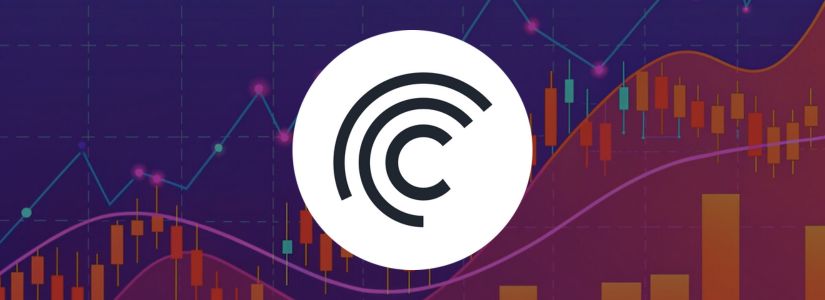
Governance and Protocol Control
CFG allows token holders to manage the Centrifuge ecosystem by using binding on-chain votes. This enables them to make proposals and decisions regarding protocol upgrades, treasury allocations, and important parameter changes such as fee structures. Voting weight scales proportionally with staked tokens, aligning incentives across the network.
The governance framework is undergoing a full migration to Ethereum, transitioning from initial off-chain signaling toward enforceable smart contract execution to enhance decentralization and security across the protocol’s operations.
Unified Token Migration
Centrifuge executed a comprehensive token consolidation in March 2025, merging its native Polkadot-based CFG and wrapped Ethereum variant (WCFG) into a single ERC-20 standard token on Ethereum. This unified contract (0xccc…8A94) eliminates cross-chain bridging complexities while streamlining DeFi integrations. Users have until November 2025 to complete 1:1 swaps of legacy tokens, after which they become obsolete, prioritizing Ethereum’s deep liquidity pools and developer ecosystem for future growth.
Is CFG a Strategic Investment?
CFG’s value proposition centers on Centrifuge’s adoption for real-world asset tokenization, with key investment considerations including organic demand drivers where transaction fees for asset minting, pool creation, and settlements are paid exclusively in CFG. Scarcity mechanics enforce a fixed 680 million supply alongside 3% annual inflation funding ecosystem development, while value capture links directly to TVL growth, increasing utility-based demand.
The governance premium allows active participants to influence revenue-generating features, positioning CFG’s success alongside institutional RWA adoption rather than speculative crypto trends.
Multi-Chain Utility Engine
Beyond governance, CFG functions as Centrifuge’s operational backbone, where network security relies on validators staking CFG to process transactions and earn rewards. Protocol incentives leverage liquidity mining programs distributing CFG to bootstrap essential pools, while fee settlement mandates CFG consumption for all Tinlake operations, including repayments and liquidations. Cross-chain efficiency is amplified through its ERC-20 standard, enabling native collateralization in Ethereum DeFi markets like Aave without wrapping complexities.
Conclusion
Centrifuge fundamentally redefines access to capital by seamlessly merging real-world assets with DeFi liquidity. Its protocol architecture democratizes financing for underserved markets while its token ecosystem ensures scalable, community-governed growth. As institutional adoption accelerates, Centrifuge pioneers a transparent bridge between traditional value and blockchain’s efficiency, unlocking economic potential at a global scale.


